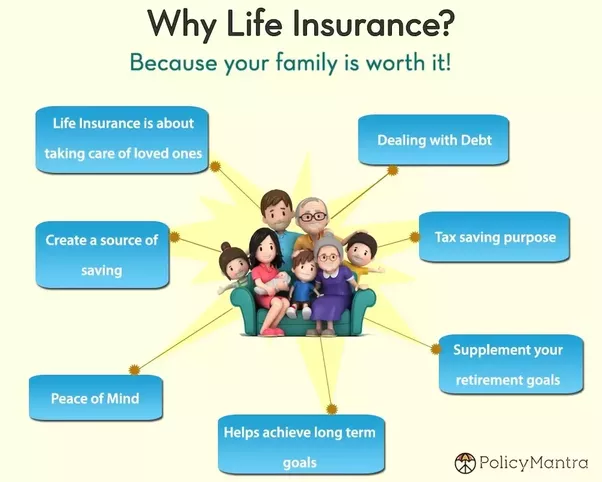3 Simple Techniques For Pacific Prime
3 Simple Techniques For Pacific Prime
Blog Article
The Ultimate Guide To Pacific Prime
Table of ContentsA Biased View of Pacific PrimeNot known Details About Pacific Prime The Greatest Guide To Pacific PrimeThe smart Trick of Pacific Prime That Nobody is Talking AboutPacific Prime for Beginners

This is because the information were gathered for a period of solid financial performance. Of the estimated 42 million individuals that were uninsured, almost regarding 420,000 (regarding 1 percent) were under 65 years of age, the age at which most Americans end up being qualified for Medicare; 32 million were adults in between ages 18 and 65, around 19 percent of all grownups in this age; and 10 million were kids under 18 years of age, about 13.9 percent of all kids (Mills, 2000).
These price quotes of the variety of persons uninsured are produced from the yearly March Supplement to the Existing Population Survey (CPS), conducted by the Demographics Bureau. Unless otherwise kept in mind, nationwide estimates of individuals without medical insurance and proportions of the populace with various sort of insurance coverage are based upon the CPS, one of the most widely used source of quotes of insurance protection and uninsurance rates.
The Buzz on Pacific Prime

Still, the CPS is specifically beneficial since it creates annual price quotes reasonably promptly, reporting the previous year's insurance policy coverage estimates each September, and because it is the basis for a consistent set of quotes for even more than two decades, enabling evaluation of trends in coverage with time. For these factors, along with the considerable use the CPS in other studies of insurance policy coverage that are provided in this report, we rely on CPS estimates, with limitations noted.

The estimate of the number of uninsured people increases when a populace's insurance coverage status is tracked for several years. Over a three-year period starting early in 1993, 72 million people, 29 percent of the united state populace, lacked coverage for a minimum of one month. Within a solitary year (1994 ), 53 million people experienced a minimum of a month without protection (Bennefield, 1998a)
Six out of every 10 uninsured grownups are themselves utilized. Working does enhance the possibility that one and one's household participants will have insurance policy, it is not an assurance. Also members of family members with two permanent wage earners have practically a one-in-ten possibility of being without insurance (9.1 percent uninsured price) (Hoffman and Pohl, 2000).
Getting The Pacific Prime To Work
New immigrants account for a significant percentage of people without health insurance policy. One analysis has actually connected a significant portion of the current development in the size of the U.S. uninsured populace to immigrants who arrived in the country between 1994 and 1998 (Camarota and Edwards, 2000). Current immigrants (those that came to the United States within the past 4 years) do have a high rate of being uninsured (46 percent), but they and their youngsters make up just 6 percent of those without insurance across the country (Holahan et al., 2001).
The connection in between medical insurance and accessibility to care is well developed, as recorded later on in this phase. The connection between health insurance and health results is neither straight nor simple, an extensive professional and health and wellness services study literature links health insurance policy coverage to better access to care, better quality, and improved individual and populace wellness condition.
Degrees of analysis for taking a look at the effects of uninsurance. This discussion of medical insurance coverage concentrates largely on the U.S. populace under age 65 since basically all Americans 65 and older have Medicare or various other public insurance coverage. It focuses particularly on those without any kind of wellness insurance coverage for any type of length of time.
3 Simple Techniques For Pacific Prime
The issues dealt with by the underinsured are in some aspects comparable to those faced by the without insurance, although they are generally much less serious. Health and wellness insurance policy, nonetheless, is neither needed nor enough to get accessibility to medical services. The independent visit here and direct impact of wellness insurance policy protection on accessibility to wellness services is well established.
Others will certainly acquire the healthcare they need also without wellness insurance coverage, by spending for it expense or seeking it from service providers that offer care complimentary or at highly subsidized rates. For still others, medical insurance alone does not guarantee invoice of treatment due to various other nonfinancial barriers, such as a lack of health treatment carriers in their neighborhood, minimal accessibility to transport, illiteracy, or etymological and cultural distinctions.
The Greatest Guide To Pacific Prime
Official study about without insurance populations in the USA dates to the late 1920s and very early 1930s when the Committee on the Expense of Healthcare created a series of records concerning financing medical professional workplace gos to and hospital stays. This concern came to be salient as the varieties of clinically indigent climbed up during the Great Depression.
Report this page